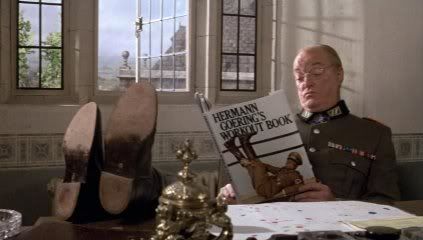
"Things change, people change, hairstyles change... Interest rates fluctuate." - HILARY FLAMMOND
Sometimes it feels like I grew up during the golden age of the genre parody, and that age -- now sadly passed -- will never return. The year after I was born, Mel Brooks released not one but two classic spoofs, Blazing Saddles and Young Frankenstein, and while he didn't invent the form he certainly was its standard-bearer for many years. In addition, my comedy intake also included healthy doses of Woody Allen, Zucker-Abrahams-Zucker and Monty Python, and they were no slouches in the parody department, either. The problem is they were a little too good at it because most everything that has come down that road over the past two decades can't help but seem anemic and undercooked in comparison. And just so we're clear, I'm not just talking about the oeuvre of odious crap merchants like Jason Friedberg and Aaron Seltzer here (although they have led the charge in recent years). Even before they came along there was half-baked dreck like Repossessed, National Lampoon's Loaded Weapon 1, Fatal Instinct, The Silence of the Hams, Wrongfully Accused and 2001: A Space Travesty, none of which did a whole lot to advance the art of the parody film. Even Brooks himself stumbled with his last two directorial efforts, Robin Hood: Men in Tights and Dracula: Dead and Loving It, which were made to parody one specific film almost exclusively. That sort of thing is very rarely a recipe for success.
Of course, this isn't to say the single-film parody can't work. When the Kentucky Fried Theater (Jim Abrahams, David Zucker and Jerry Zucker) made the transition from stage to screen with The Kentucky Fried Movie in 1977, the centerpiece of the film was A Fistful of Yen, a dead-on parody of Enter the Dragon that takes up about a third of its running time. And that trend continued when the trio stepped into the director's chair with Airplane! three years later. While it may seem like just a take-off of the Airport series of the '70s (which had already descended into self-parody by the time The Concorde ... Airport '79 limped into theaters), Airplane! is actually a shockingly faithful remake of a thriller from 1957 called Zero Hour! that stars Dana Andrews as a war veteran who has to be coaxed into landing a commercial airliner when the crew takes sick and he's only passenger on board with any flying experience. The ZAZ team not only borrowed the basic plot, they even incorporated whole scenes from the original film into their script without having to change so much as a single line. That's how deliriously over-the-top and melodramatic Zero Hour! is. (The casting is also key, with Robert Stack's part being played by Sterling Hayden. And the stunt casting of Kareem Abdul-Jabbar as co-pilot Roger Murdoch is prefigured by the pilot in Zero Hour! being played by football hero Elroy "Crazylegs" Hirsch.) The genius of the ZAZ approach was to take the conventions of whatever situation they started with and tweak them ever so slightly, upping the ante with each iteration until it reaches the point of total absurdity. It would have been good for a shock if Steve McCroskey had declared right off the bat that he had picked the wrong week to quit sniffing glue, but it's a lot funnier after we've seen him progress through smoking, drinking and taking amphetamines first.

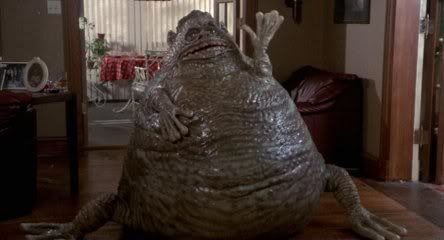

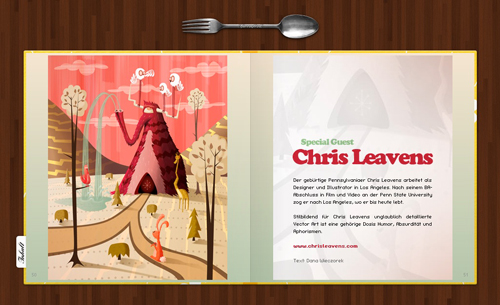


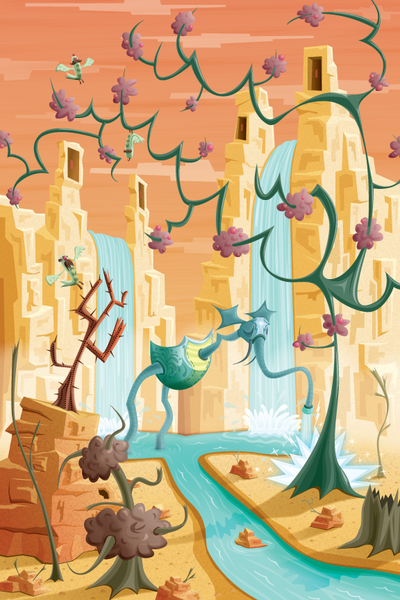
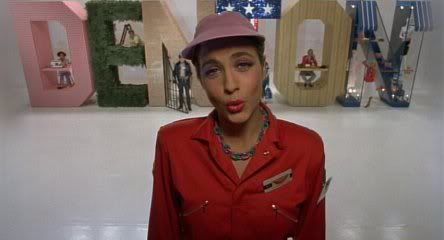
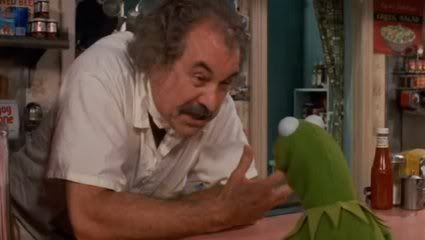

Recent Comments